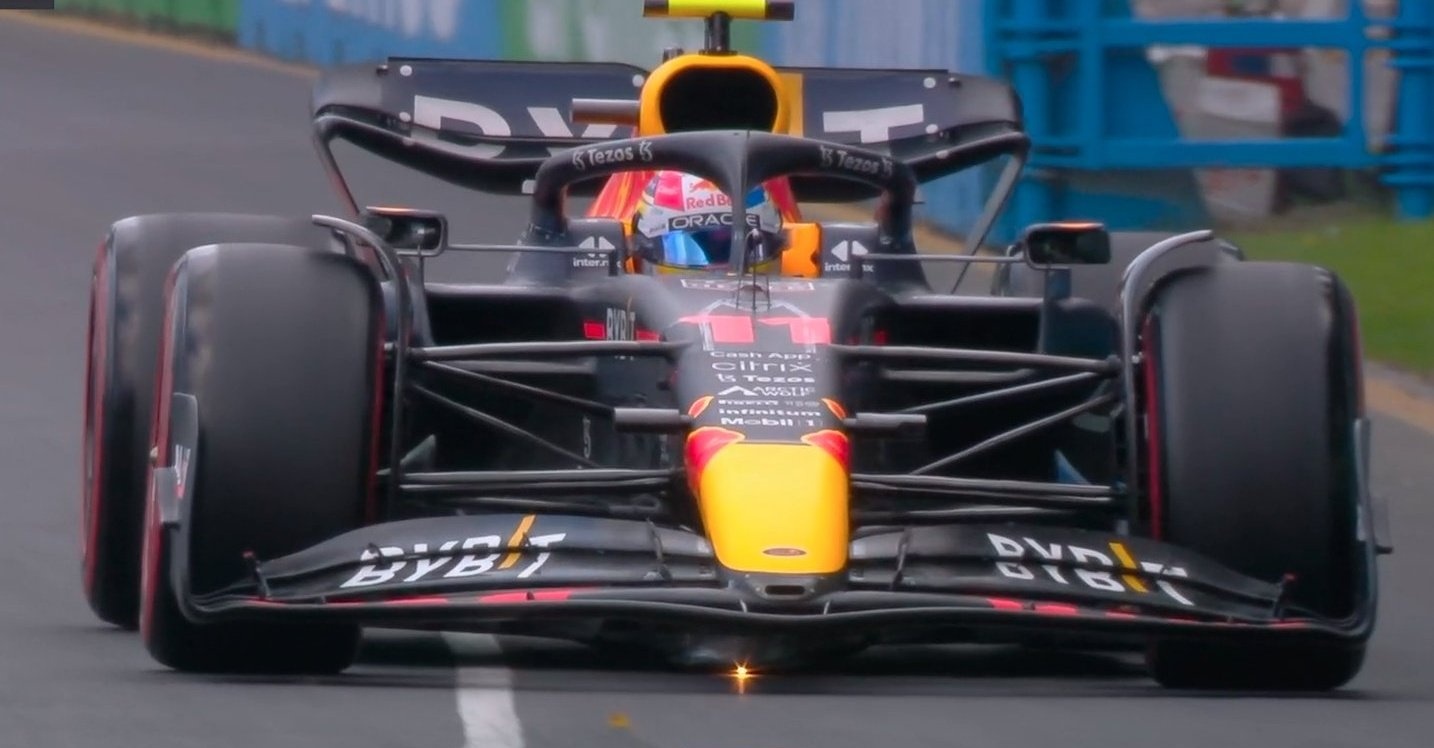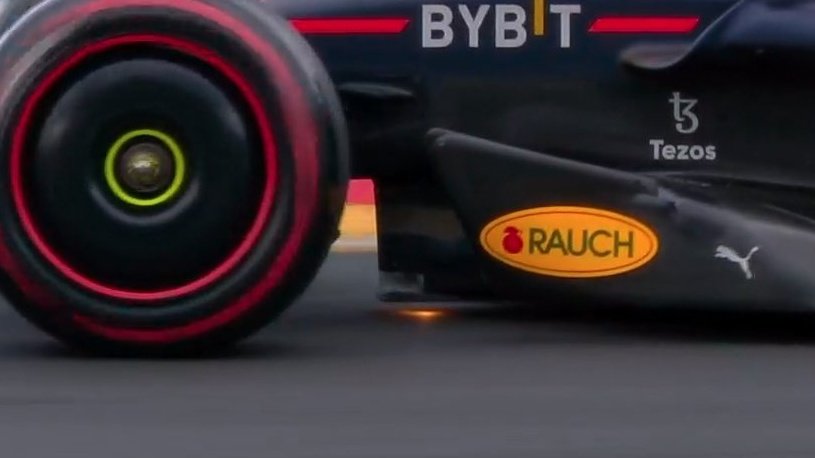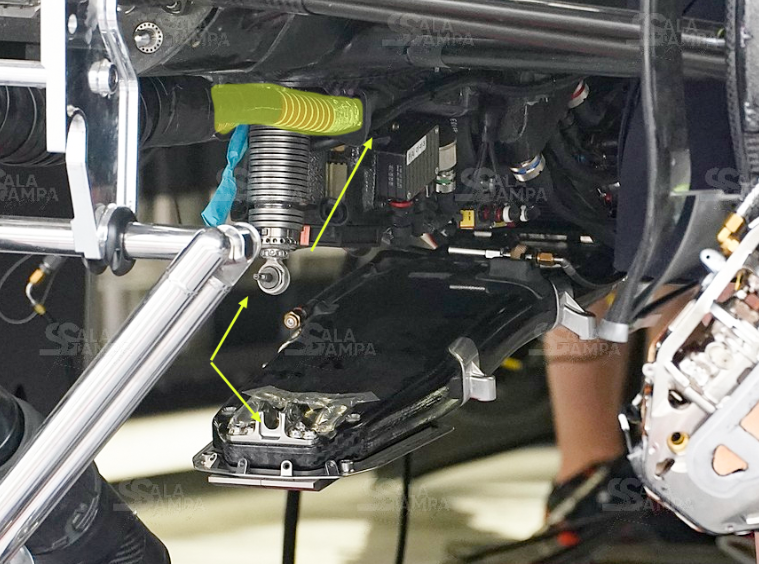Big Tea wrote: ↑13 Apr 2022, 21:51
PlatinumZealot wrote: ↑13 Apr 2022, 20:56
Watxh this video of titanium welding as an extreme case.
Look at the heat affected zone when he welds it under inert gas. Tell me if the metal is white hot when he does this and how long it stays hot. (its not even glows for a second). Watch till th end of the video when he draws a long bead.
The bib rubbing the ground is not even close to this sort of temperature of TIG arc and there is no inert gas near the bib. Titanium would have been sparking away like crazy if it was whitw hot.
https://youtu.be/VkZN8st-BM8
In this vid the metal is heated by electric arc. As there is no PD between the car and track, it would have to be heated by friction. The bar would need to be several feet long and fed to still be in contact with the road after 300 odd Km while rubbing hard enough to generate the 'sparks'
I know that is heated by an arc under inert gas.
And it still wasnt white hot and cooled pretty fast.
Also note that the melting temperature (very high) and the temperture that it reacts in air (very low)
I using that fact to create a contrast to show that that the metal cannot glow in plain air.
Sparks are different matter.













